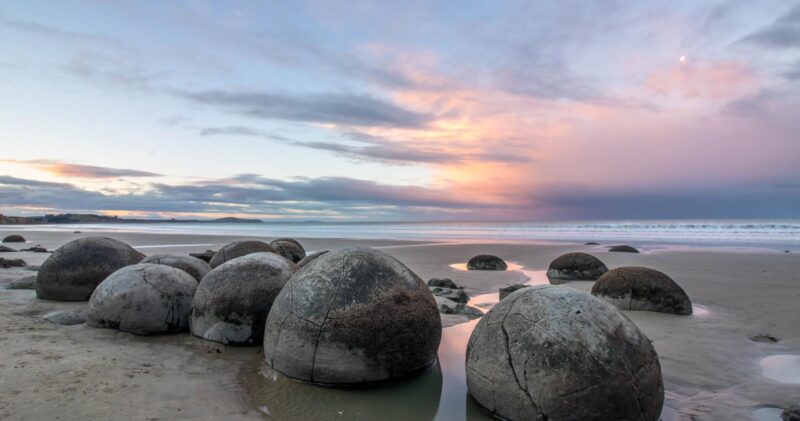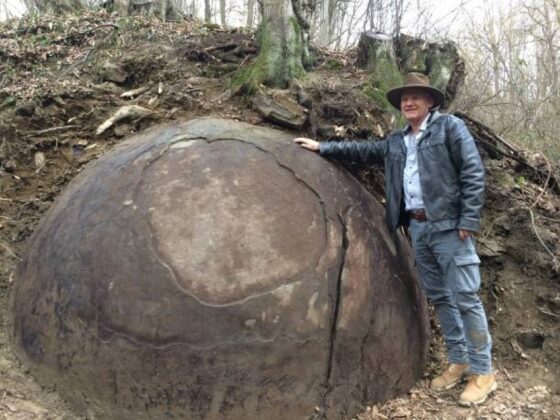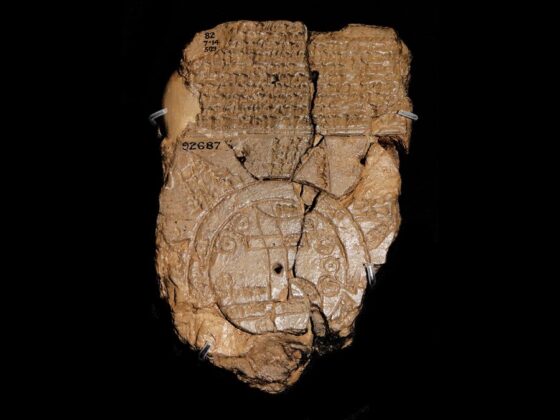Along the windswept shores of Koekohe Beach on New Zealand’s South Island, a collection of massive spherical stones known as the Moeraki Boulders has captivated visitors for generations. These incredible formations, some measuring up to three meters in diameter and weighing several tons, are steeped in both scientific intrigue and rich Māori folklore.
According to Māori legend, the boulders are the remnants of a great sailing canoe called the Araiteuru. The story tells of the Araiteuru’s ill-fated journey from the mythical homeland of Hawaiki. As the canoe approached the Otago coast, it encountered treacherous waters near Shag Point (Matakaea) and was wrecked. The boulders scattered along the beach are said to be the vessel’s cargo – eel baskets, gourds, and kumara (sweet potatoes) that washed ashore and turned to stone over time.
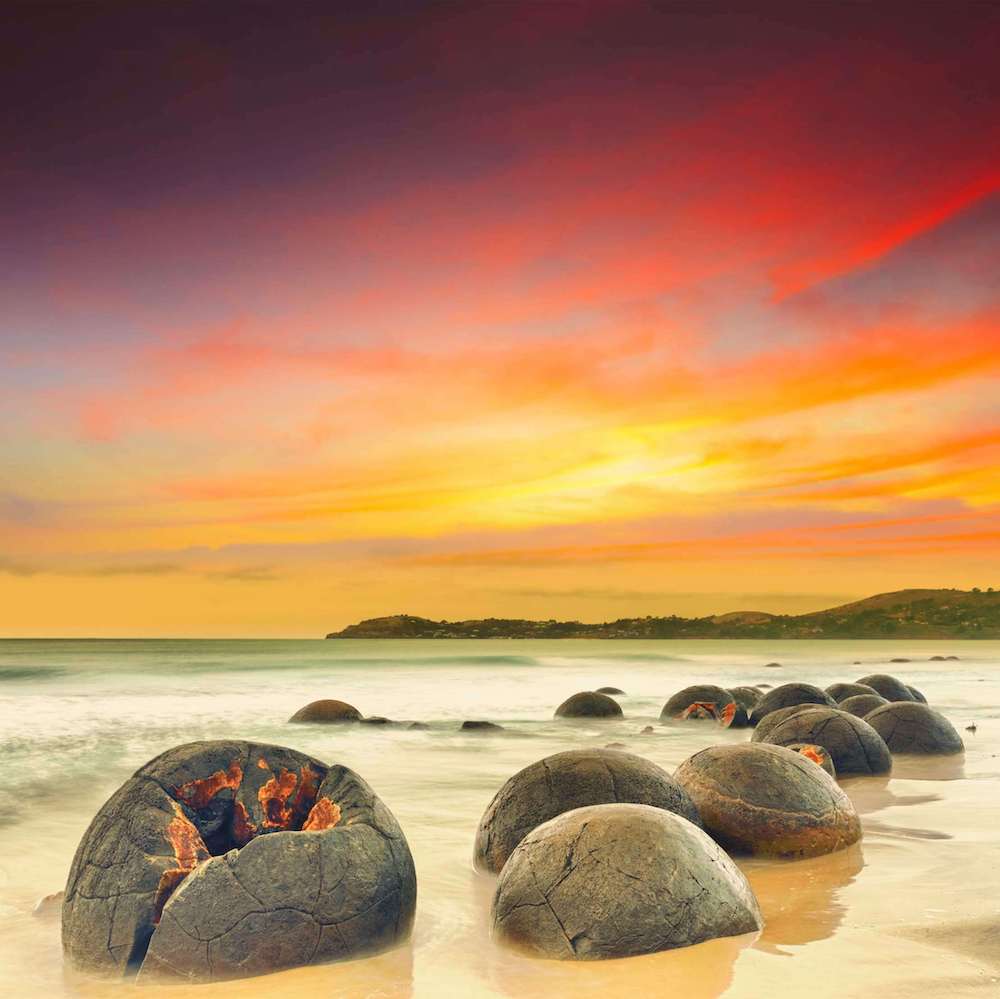
The legend goes further, explaining that the reef extending from Shag Point represents the petrified hull of the Araiteuru, while a prominent rocky outcrop nearby is believed to be the petrified body of the canoe’s captain. This rich narrative not only provides a mythical explanation for the boulders’ existence but also connects the landscape to the ancestral voyages of the Māori people.
The Māori name for the area, Moeraki, translates to “drowsy day” or “a place to sleep by day,” adding another layer of mystique to the site. Some interpretations suggest this name refers to the peaceful nature of the area, while others link it to the legend of Kupe, a great Polynesian navigator, who supposedly left some of his people to rest here during his explorations.
While these legends offer a poetic explanation for the boulders’ origins, scientific study provides a different, yet equally fascinating, story. Geologists have determined that the Moeraki Boulders are concretions formed over 60 million years ago in ancient seafloor sediments. Each boulder began as a small core, possibly a fossil or piece of shell, around which layers of calcite gradually accumulated over millions of years. This process, similar to how a pearl forms, resulted in the remarkably spherical shapes we see today.
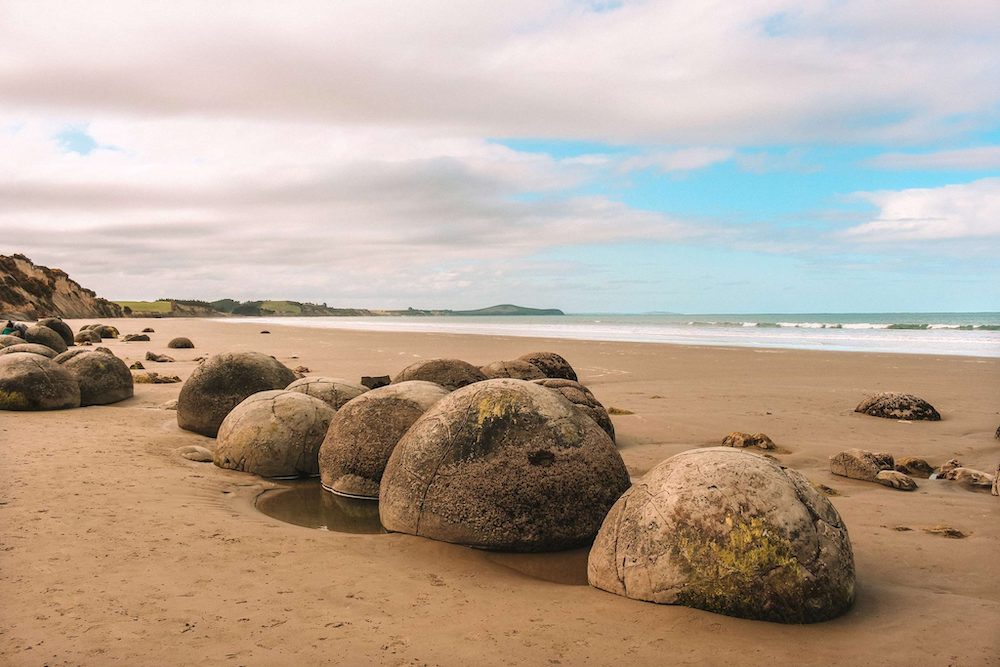
Over time, coastal erosion has revealed these hidden treasures, with some still partially embedded in the mudstone cliffs backing the beach. The boulders’ distinctive appearance is further enhanced by a network of cracks filled with yellow calcite crystals, giving some of them a turtle shell-like appearance.
The site has not been without controversy. In the 19th century, there were reportedly many more boulders present. Some were removed as curiosities or souvenirs, with one large specimen now on display at the Otago Museum. To prevent further loss, the boulders are now protected under New Zealand law, making it illegal to damage or remove them.
Today, the Moeraki Boulders continue to draw visitors from around the world, offering a unique intersection of natural wonder, cultural significance, and scientific interest. Whether viewed through the lens of Māori tradition or geological study, these remarkable stone spheres remind us of the enduring power of both nature and storytelling in shaping our understanding of the world around us.
As the tides ebb and flow on Koekohe Beach, the Moeraki Boulders stand as silent sentinels, their origins debated but their allure undeniable. They have set in stone deep connections between land, legend, and the human imagination that continue to shape New Zealand’s cultural landscape.
